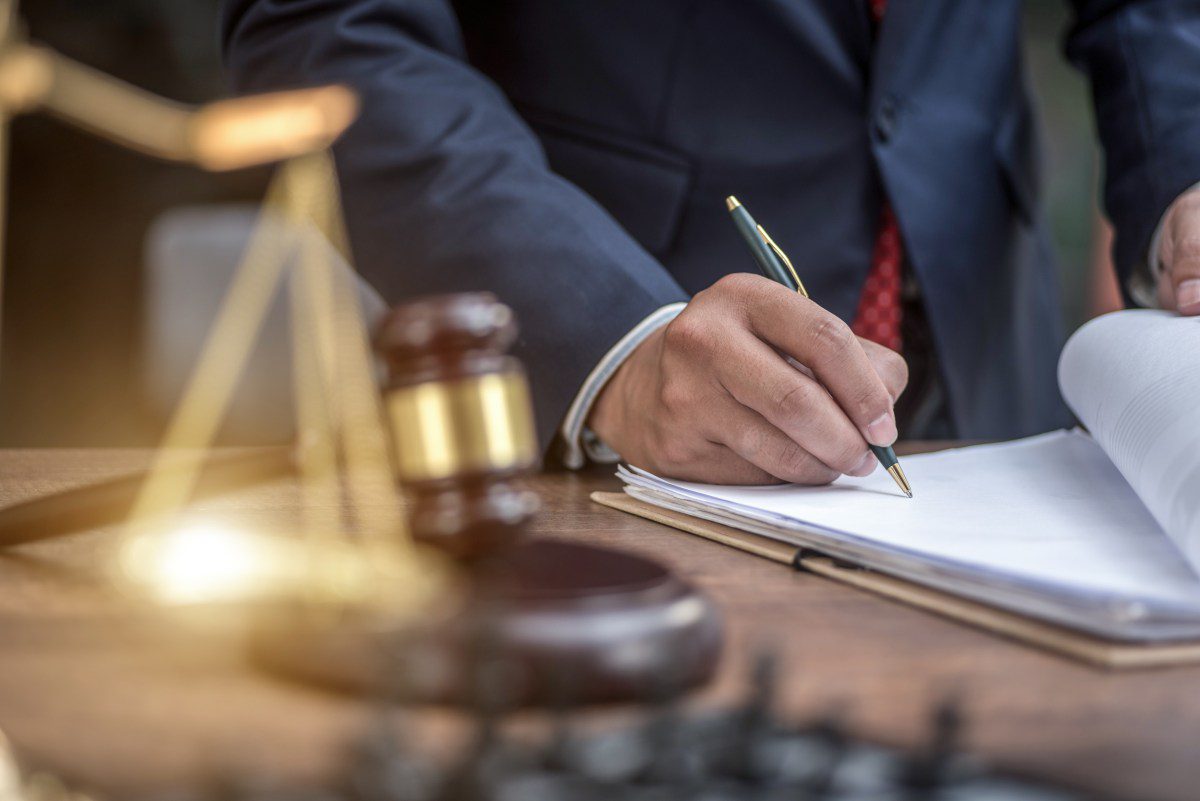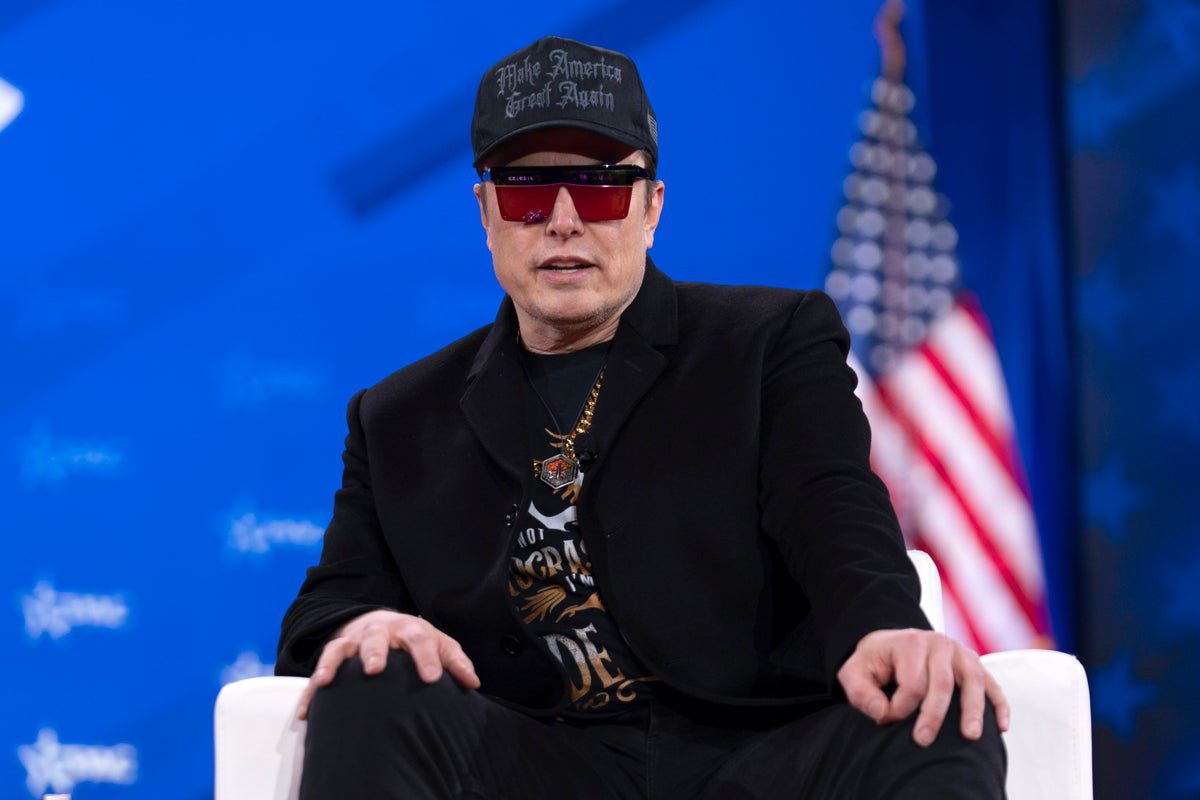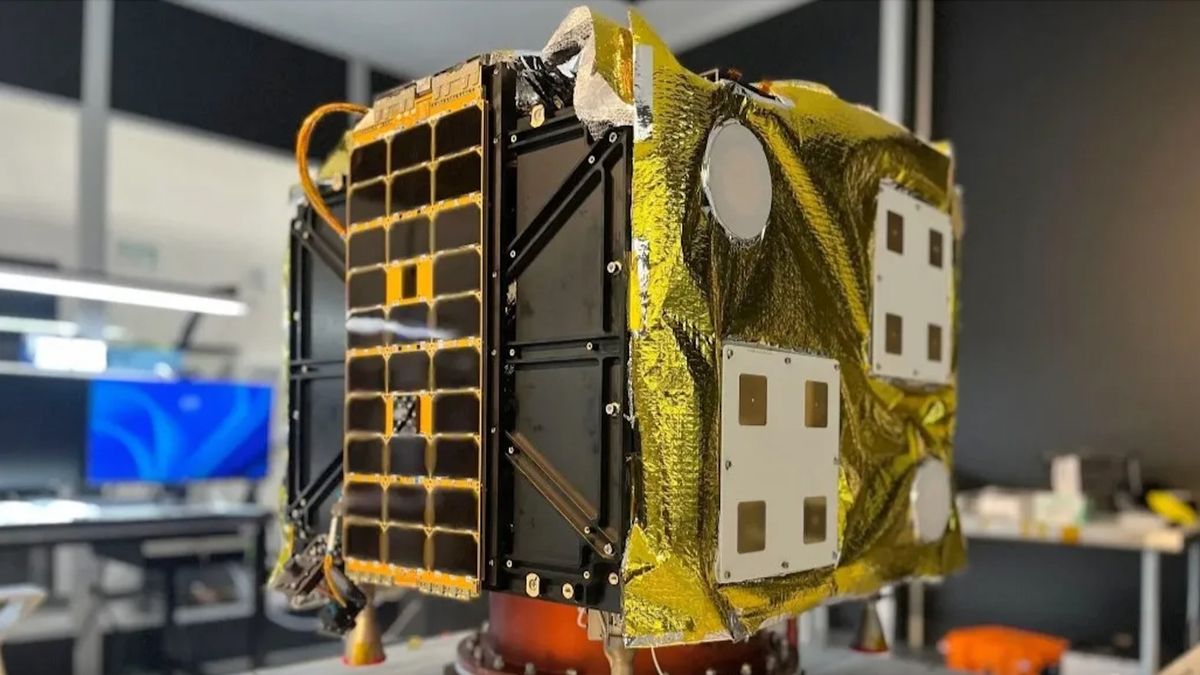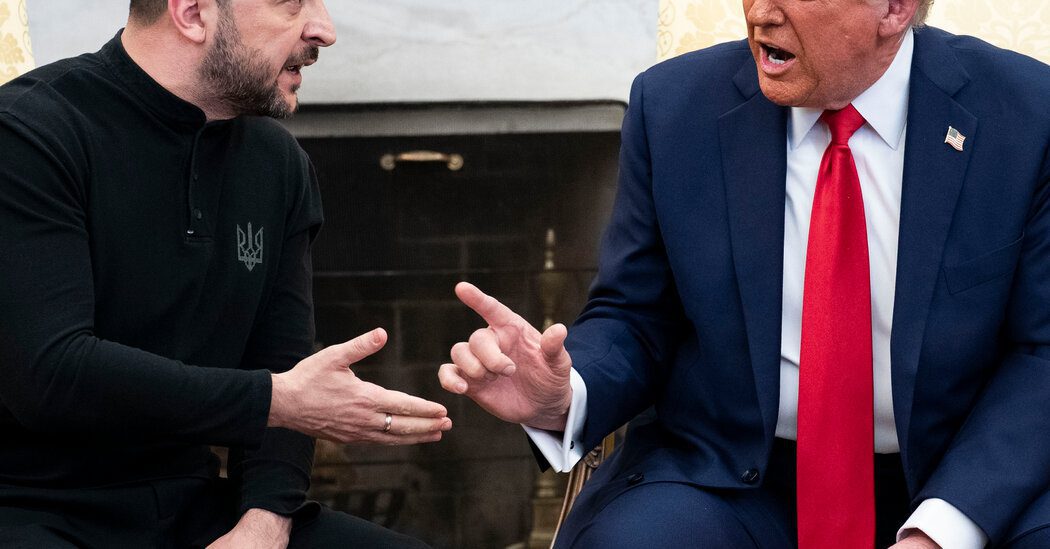
Recent copyright claims against AI companies may see a significant development.
A U.S. federal judge delivered a pivotal summary judgment last week in a legal dispute initiated by Thomson Reuters against the legal tech firm Ross Intelligence. The ruling indicated that Ross’ utilization of Reuters’ content to train its AI-driven legal research tool constituted a breach of Reuters’ intellectual property rights.
This ruling could set a precedent for the over 39 copyright-related lawsuits involving AI technologies that are currently under review in U.S. courts. However, it’s important to note that this isn’t necessarily an automatic win for plaintiffs who claim violations of their intellectual property by AI firms.
Understanding the Headnotes Issue
Ross Intelligence faced allegations of leveraging headnotes — which are brief summaries of legal rulings — sourced from Westlaw, Thomson Reuters’ legal research platform, to enhance its AI. The company promoted its AI model as a tool designed to assess legal documents and conduct query-based searches through court records.
In its defense, Ross contended that its employment of these copyrighted headnotes was justifiable as it transformed their usage, reimagining them for a distinct function. However, Judge Stephanos Bibas, overseeing the case, found this argument lacking.
According to Bibas’ analysis, Ross had essentially repurposed the Westlaw headnotes in a manner that closely mirrored Westlaw’s legal research offerings. The judge determined that the platform failed to infuse any new meaning, purpose, or commentary, thereby diminishing Ross’ assertion of transformative use.
Additionally, Bibas pointed out that Ross’ commercial intent contributed to a weak defense. The firm aimed to generate profit from a product that directly challenged Westlaw, without a substantial “recontextualization” of the Westlaw materials that were under intellectual property protection.
Shubha Ghosh, a professor of intellectual property law at Syracuse University, referred to the ruling as a “strong victory” for Thomson Reuters.
“The trial is set to continue, but Thomson Reuters has secured a summary judgment, marking a significant advantage at this stage,” Ghosh explained. “The judge also affirmed that Ross could not claim summary judgment for its defenses, including fair use and merger. Consequently, this case will advance to trial with a notable win for Thomson Reuters.”
Limited Application of the Ruling
At least one group of plaintiffs involved in another AI copyright lawsuit has sought to have the court consider Bibas’ ruling. Nevertheless, it remains unclear if this judgment will influence other courts.
The judge’s opinion made a clear distinction between “generative AI” and the AI employed by Ross, which merely replicated existing judicial outputs instead of generating new content.
Generative AI, the focal point of ongoing copyright litigation against companies like OpenAI and Midjourney, is often trained on vast datasets from publicly available sources online. When provided with extensive examples, generative AI can create text, images, videos, music, and more.
Most developers of generative AI maintain that fair use principles protect their practices of scraping data for training without compensating or acknowledging the original owners. They argue their utilization of publicly accessible materials is legitimate, positing that their outputs constitute transformative works.
Contrary to this perspective, some copyright holders argue against it, citing concerns about regurgitation, where generative AI produces content that closely mirrors the original works it was trained on.
Randy McCarthy, a patent attorney at Hall Estill, noted that Bibas’ emphasis on the “market impact of the original work” could prove pivotal for copyright holders pursuing claims against generative AI developers. However, he warned that Bibas’ ruling is somewhat limited and might be overturned on appeal.
“It’s clear that, at least in this instance, simply using copyrighted materials as training data for an AI does not constitute fair use by default,” McCarthy remarked to TechCrunch. “[Yet, this is] just one skirmish in an ongoing battle, and further developments will be necessary to clarify the legal landscape regarding the use of copyrighted material for AI training.”
Another attorney consulted by TechCrunch, Mark Lezama, a litigation partner at Knobbe Martens with a focus on patent issues, believes that Bibas’ ruling might suggest broader implications. He posits that the judge’s rationale could be applicable to various forms of generative AI.
“The court dismissed a fair-use defense partly because Ross leveraged [Thomson Reuters] headnotes to create a competing legal research tool,” he explained. “While the court suggested this might differ from generative AI scenarios, it’s easy to envision how a news organization could argue that if its articles are copied to train a generative AI, this is akin to competing for user engagement.”
In essence, while publishers and copyright holders may feel a glimmer of hope in the wake of this ruling, it’s crucial to temper that optimism.









